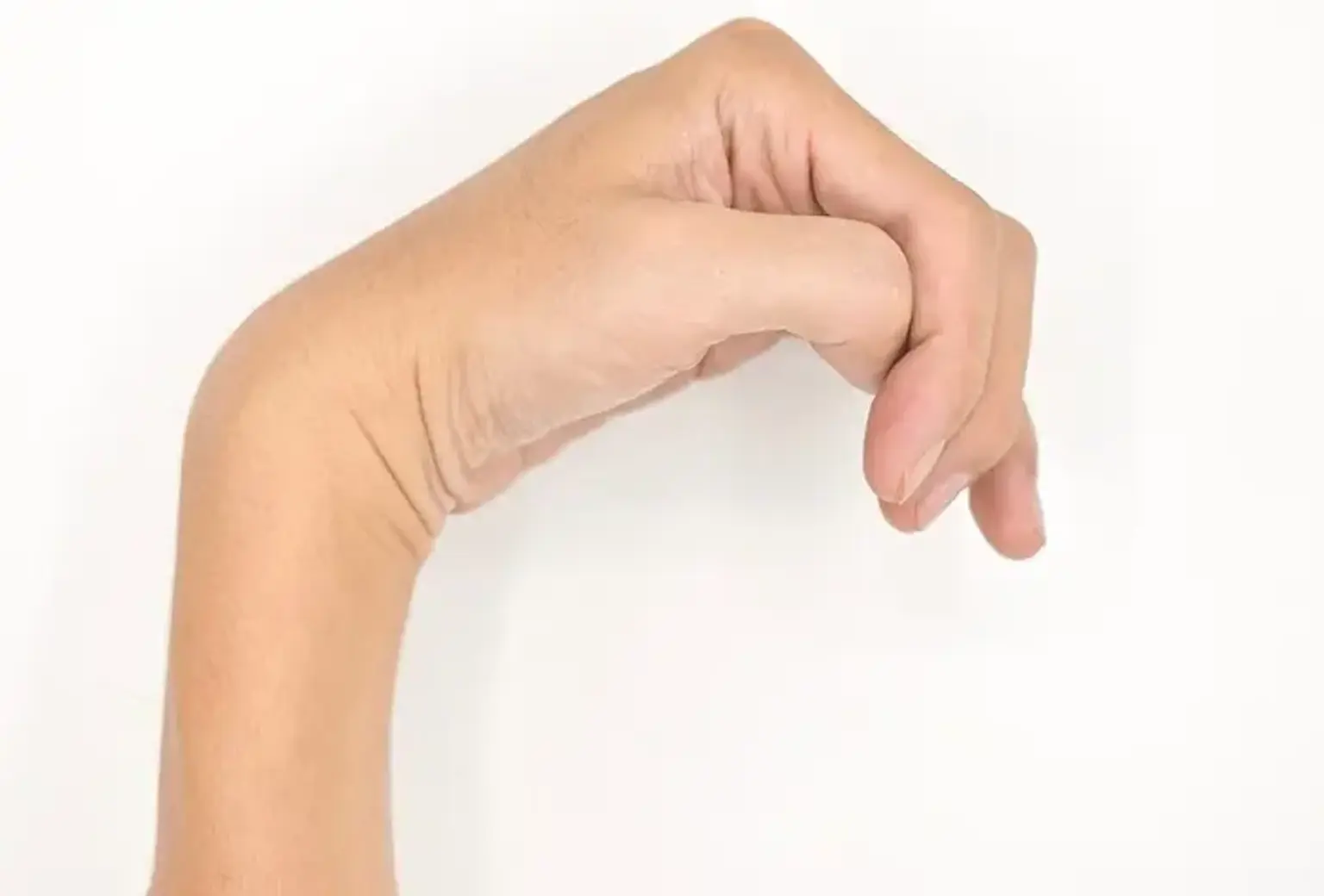Hemiparesis
About 80% of persons who suffer a stroke also have some difficulty moving one side of their body or have weakness on that side. The words hemi and paresis signify one side and weakness, respectively. Although multiple sclerosis, brain tumors, and other illnesses of the nervous system or brain can sometimes cause hemiparesis, the condition is most frequently brought on by either cerebral palsy or stroke. Hemiplegia, which involves the paralysis of one side of the body instead of weakening, is related to hemiparesis. Hemiparesis can be brought on by a variety of conditions, although it most frequently develops as a side effect of another disease. Depending on how someone acquired hemiparesis, there are several treatment methods available.
